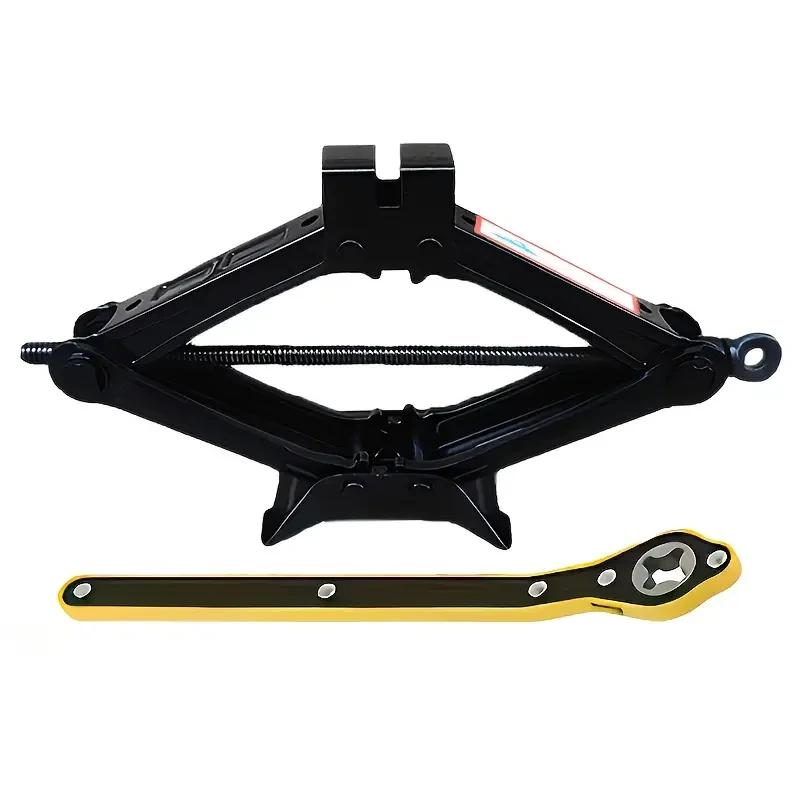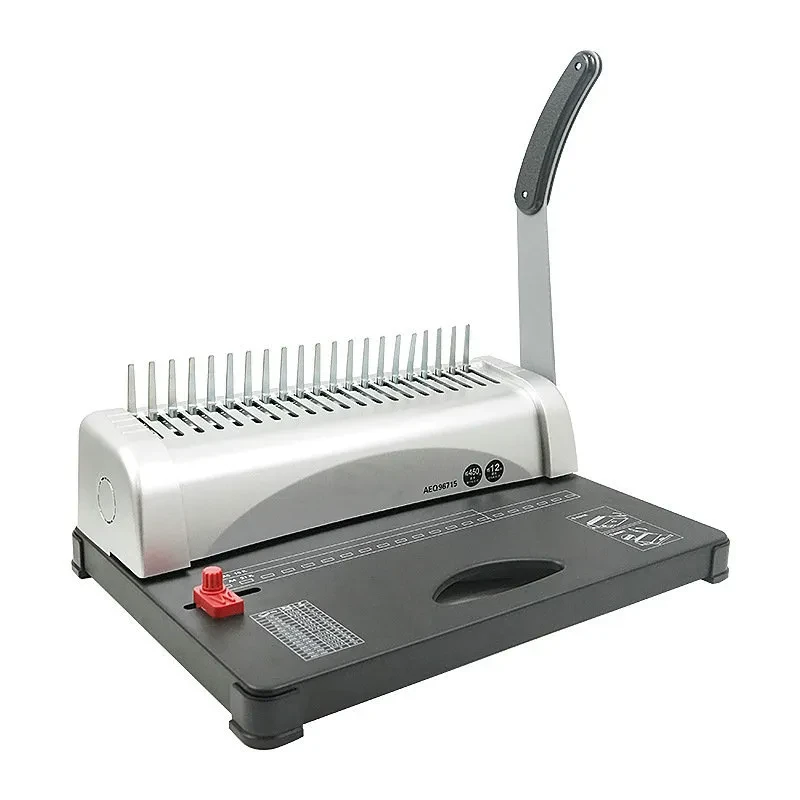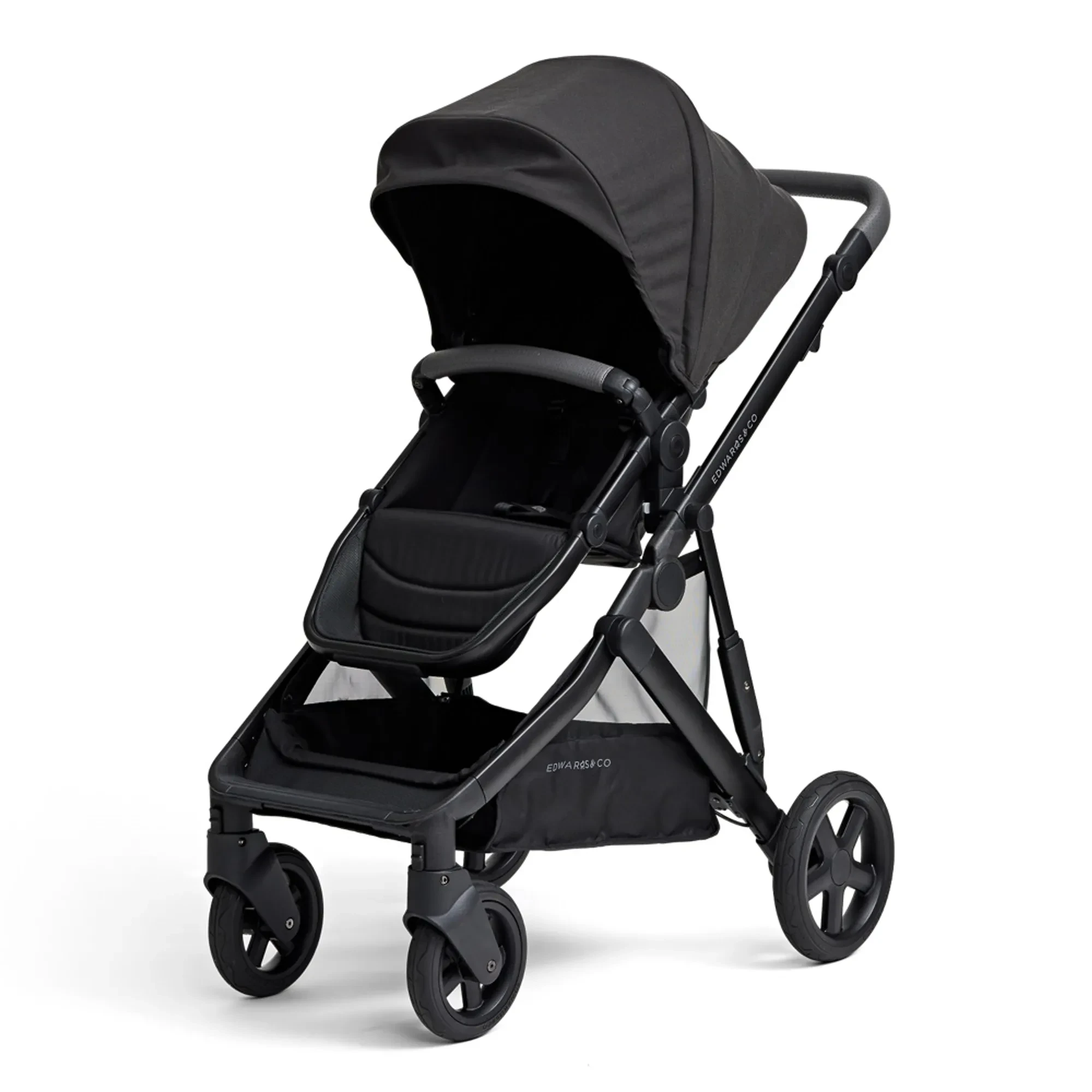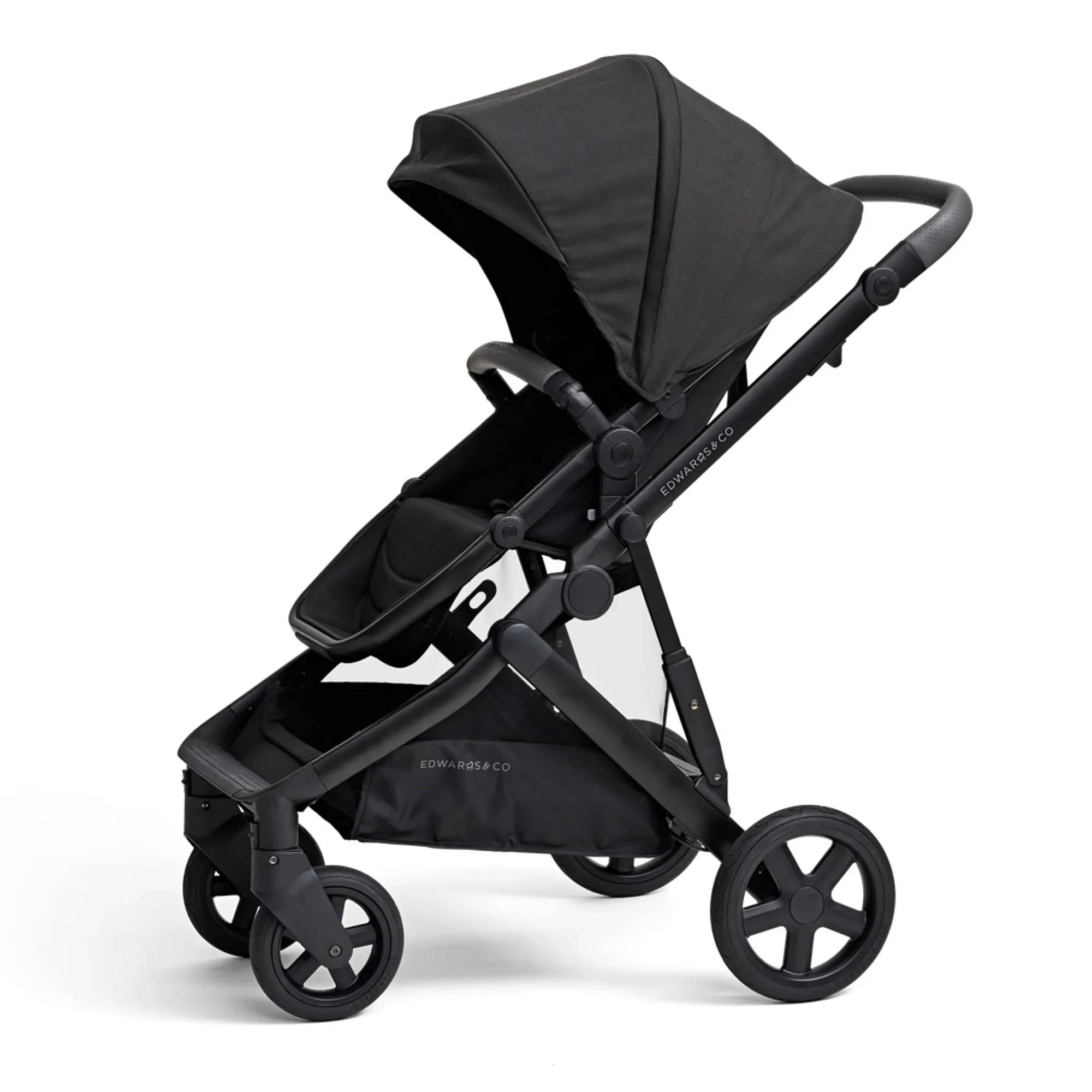
Scissor Jack









Scissor Jack: A Convenient and Essential Tool for Vehicle Lifting
A scissor jack is a versatile and essential tool that allows you to lift your vehicle for tire changes, maintenance, and other automotive tasks. Its compact design and efficient mechanism make it a popular choice for both DIY enthusiasts and professional mechanics. Whether you're in an emergency or performing regular vehicle upkeep, a scissor jack offers a reliable solution for lifting your car safely and efficiently.
Why Choose a Scissor Jack?
Scissor jacks are widely used due to their unique design and practical benefits. Here’s why a scissor jack is an excellent tool for lifting your vehicle:
-
Compact and Space-Saving: The scissor jack is known for its compact size, making it easy to store in your car’s trunk or
garage without taking up much space. Unlike bulky hydraulic jacks, scissor jacks are lightweight and portable.
-
Ease of Use: Scissor jacks are designed to be simple to operate, requiring minimal effort to lift a vehicle. By turning the
jack’s handle or rotating its crank, the jack lifts the vehicle smoothly and steadily.
-
Cost-Effective: Compared to other types of jacks, such as hydraulic jacks, scissor jacks are generally more affordable.
This makes them an ideal option for budget-conscious vehicle owners who still want a reliable and effective lifting tool.
-
Versatility: Scissor jacks can be used for a wide range of vehicles, including cars, trucks, and SUVs, depending on the
jack's weight capacity. They're perfect for everyday tire changes, as well as other car maintenance tasks such as brake or suspension work.
-
Safety and Stability: When used properly, scissor jacks provide a stable and secure platform for lifting vehicles. Their
design includes locking mechanisms that prevent the jack from lowering unexpectedly, ensuring safety during use.
How Does a Scissor Jack Work?
A scissor jack operates on a simple mechanical principle. It consists of a cross-shaped metal frame that expands or contracts when the jack's handle or crank is turned. Here’s how it works:
-
Initial Setup: Place the scissor jack under the vehicle at a designated lifting point, typically near the wheel you wish to
lift.
-
Turning the Handle: Turn the handle or crank in a clockwise direction to raise the vehicle. As the handle turns, the jack’s
scissor mechanism begins to expand, lifting the car higher.
-
Lifting to the Desired Height: Continue turning the handle until the vehicle reaches the desired height for tasks like tire
changes. Ensure the vehicle is stable before working under or around it.
-
Lowering the Vehicle: To lower the vehicle, reverse the process by turning the handle in a counterclockwise direction. The
scissor jack will contract, lowering the car safely back to the ground.
Types of Scissor Jacks
While the basic concept of a scissor jack remains the same, there are several variations to consider, depending on your needs:
-
Manual Scissor Jacks: These are the most common type of scissor jack and are operated by hand. The user manually cranks the
handle to raise and lower the vehicle. They are affordable, reliable, and easy to store.
-
Electric Scissor Jacks: Electric scissor jacks are powered by a motor and require less effort to operate. Simply press a
button or switch, and the jack automatically raises or lowers the vehicle. This type is ideal for those who need to lift a vehicle
frequently and prefer convenience over manual labor.
-
Hydraulic Scissor Jacks: Although similar to manual scissor jacks, hydraulic versions use fluid pressure to assist with
lifting, offering greater lifting power. These jacks are suitable for heavier vehicles and are often used in professional automotive
settings.
Benefits of Using a Scissor Jack
-
Quick and Efficient: Scissor jacks are quick to set up and operate. With minimal effort required, you can easily lift your
vehicle and get to work in no time.
-
Space-Saving Design: Their compact design allows scissor jacks to be easily stored in a car or small garage space, making
them perfect for emergency roadside tire changes.
-
Affordability: Scissor jacks are one of the most affordable types of jacks, making them a great choice for those on a
budget or for occasional use.
-
Suitable for Everyday Use: Whether you're changing a flat tire or performing basic maintenance tasks, scissor jacks are
designed for daily use and can handle common lifting needs.
- Lightweight: Most scissor jacks are lightweight and portable, making them easy to carry and transport.
How to Choose the Right Scissor Jack
When selecting a scissor jack, it's important to consider the following factors to ensure you choose the right one for your needs:
-
Weight Capacity: Ensure that the jack can handle the weight of your vehicle. Always check the weight rating of the scissor
jack and ensure it exceeds the weight of your car, truck, or SUV.
-
Lifting Height: Consider the maximum height the jack can lift your vehicle. If you need to raise your vehicle for
significant repairs or tire changes, choose a jack with a higher lifting range.
-
Durability: Look for a scissor jack made from high-quality materials, such as steel or heavy-duty alloys. A durable jack
will last longer and provide better stability while lifting your vehicle.
-
Ease of Use: Depending on your preferences, you can choose a manual or electric scissor jack. If you prefer convenience, an
electric version may be best, while manual jacks offer simplicity and affordability.
-
Portability: If you need to carry the jack in your vehicle for roadside emergencies, choose a lightweight and compact model
that won’t take up too much space in your trunk.
How to Safely Use a Scissor Jack
To ensure safe use of your scissor jack, follow these important steps:
-
Find a Level Surface: Always use the jack on a flat, stable surface to avoid the risk of the vehicle tipping over. Ensure
the ground is level before lifting the car.
-
Position the Jack Correctly: Place the jack under the designated lifting point of your vehicle, usually marked in the
owner’s manual. Never place the jack under any part of the vehicle that is not intended for lifting.
-
Check Stability: Before performing any work, ensure the vehicle is secure and stable. Never work under a vehicle supported
by just a scissor jack. Always use jack stands for additional safety.
-
Avoid Overloading: Do not exceed the jack’s weight capacity. Overloading the jack can cause it to fail, leading to
potential injury or damage to your vehicle.
The product may be provided by a different brand of comparable quality.
The actual product may vary slightly from the image shown.
Shop amazing plants at The Node – a top destination for plant lovers


.png)











.jpg)









.jpg)





.jpeg)





.jpeg)



.jpeg)








.jpeg)



.jpeg)

.jpeg)

.jpeg)

.jpeg)




.jpeg)
.jpg)

.jpeg)






.jpeg)
.jpeg)




.jpeg)





.jpeg)


.jpeg)

.jpeg)

.jpeg)

.jpeg)







.jpeg)
.jpeg)
.jpeg)





.jpeg)



.jpeg)






.jpg)
.jpeg)









.jpg)


ulva-Logo.jpg)




.jpeg)



.png)















.png)
























